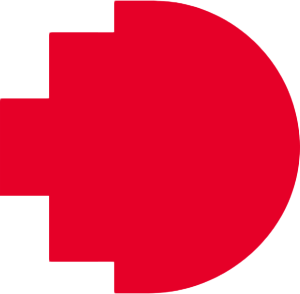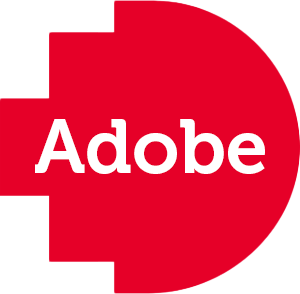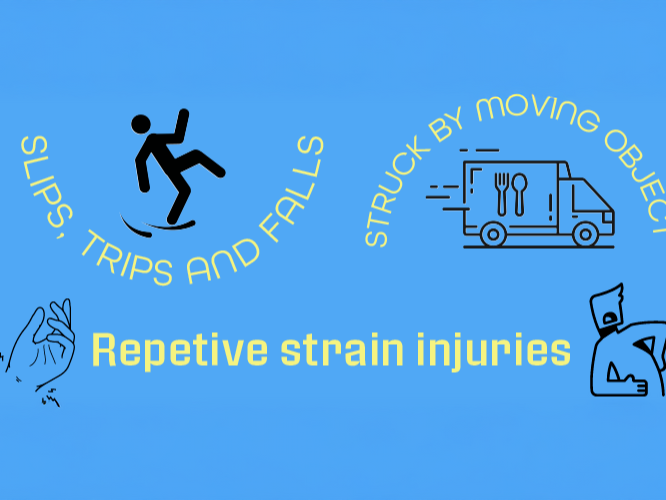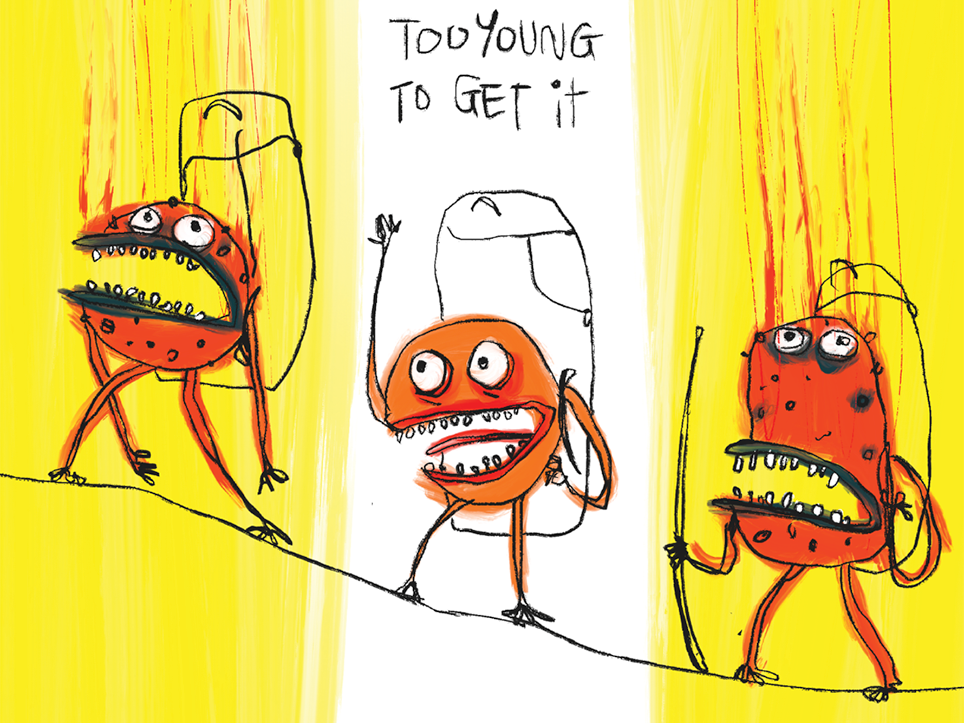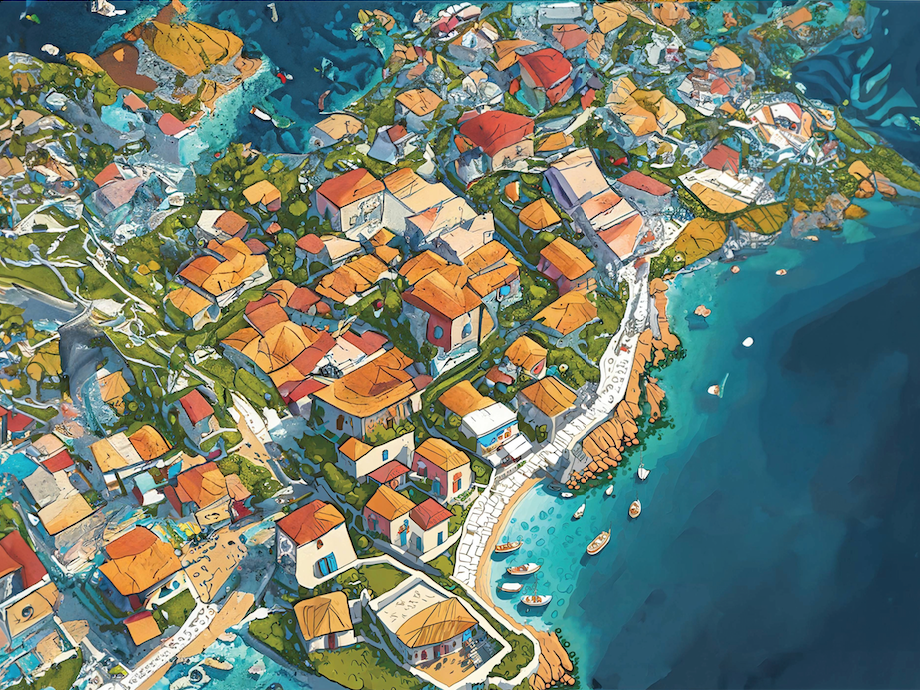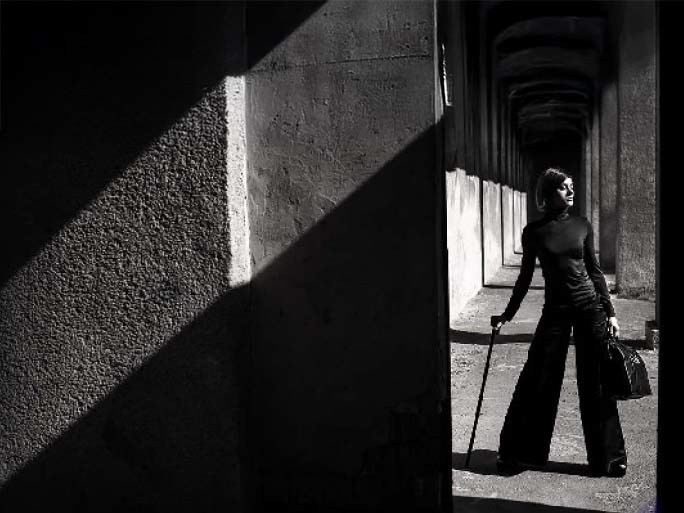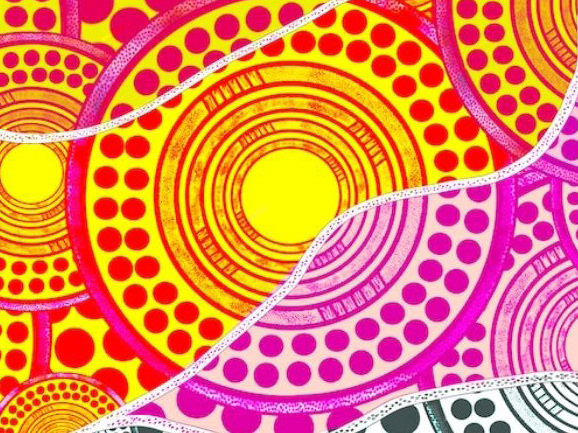Industrial Design
Playful Cities
Methodological framework to support the complexities of design
Courtney Coombs
Lecturer, Industrial Design
Lecturer, Industrial Design
Many students' fear of failure and self imposed expectations can hinder their ability to truely ideate, play and take risks in higher education. Educators can empower students to overcome these challenges and find their innate creative potential in design by promoting a culture of exploration, experimentation, and collaboration. This project has developed a playful, randomised website that encourages play, risk and ideation in student learning.
Resources
> Teacher resource & website
Problem Statement
Students often face numerous challenges when attempting to fully engage in creative ideation and surpass their initial design concepts. In the dynamic landscape of design education, individuals frequently encounter obstacles that hinder their ability to expand their cognitive horizons beyond the confines of their preliminary ideas. This limitation impedes their capacity to effectively utilise the iterative design process, which is fundamental for comprehensive evaluation, introspection, refinement, and innovation. Consequently, many students become trapped in a cycle of convergent thinking, where exploring alternative paradigms and pushing creative boundaries becomes difficult.
This undermines the effectiveness of design solutions and limits students' ability to create designs that effectively address users' diverse needs and preferences. Therefore, there is a critical need for design education to emphasise the development of a holistic understanding of design principles while fostering a mindset that embraces ambiguity. Additionally, educators must provide students with the necessary tools and methodological frameworks to navigate the complexities inherent in the design process.
Students working with the Ideation tool in a studio class
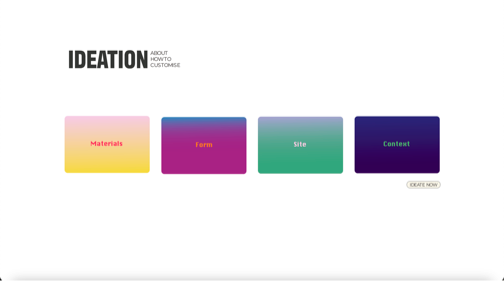


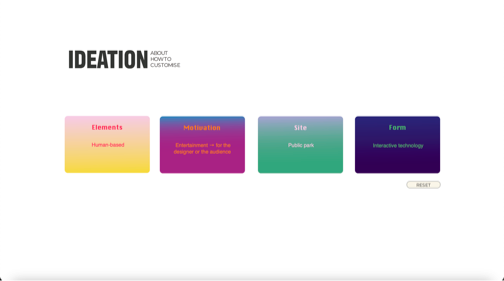
Project Overview
The project unfolded within the studio unit framework of the Master of Design, Innovation, and Technology degree, providing fertile ground for exploration and experimentation. Under the banner of ‘Playful Cities,’ students embarked on a journey delving into creative play and double-diamond design methodologies. This immersive experience aims to culminate in developing creative technological designs that respond to the nuances of the site and the intended user base.
Within this structured yet dynamic framework, the project endeavored to foster a deep appreciation for the process of creative play intertwined with the meticulous stages of the double diamond methodology: discover, define, develop, and deliver. By encouraging students to immerse themselves in playful exploration, the project sought to expand student’s potential and unlock innovative solutions that resonate with the unit’s objectives.
Students engaged in provocations structured around the thematic headings of Elements, Form, Motivation, and Site. These provocations, encapsulated by evocative descriptors such as "hiding in plain sight," "hologram," "connection," and "alleyways," and served as catalysts for inspiration necessary for transformative design endeavours.
Emergent Outcomes
Students engaged with the project and created innovative design solutions that went beyond the potential of their initial ideas. They used the software to randomly produce a collection of words that were used in tandem as parameters for their project. These parameters encouraged the groups to be imaginative, requiring them to think beyond their preconceived ideas. This limited but targeted framework opened the possibilities for the students by giving them a sense of direction whilst remaining open and responsive. The ability to return to the ‘drawing board’ and generate a new combination of words allowed the students to remain open and flexible in this stage of the process – we found that they did not become wedded to their first or second initial idea as they had done in the past. The project also helped students become more proficient with digital tools, enhancing their technical skills and creative output.

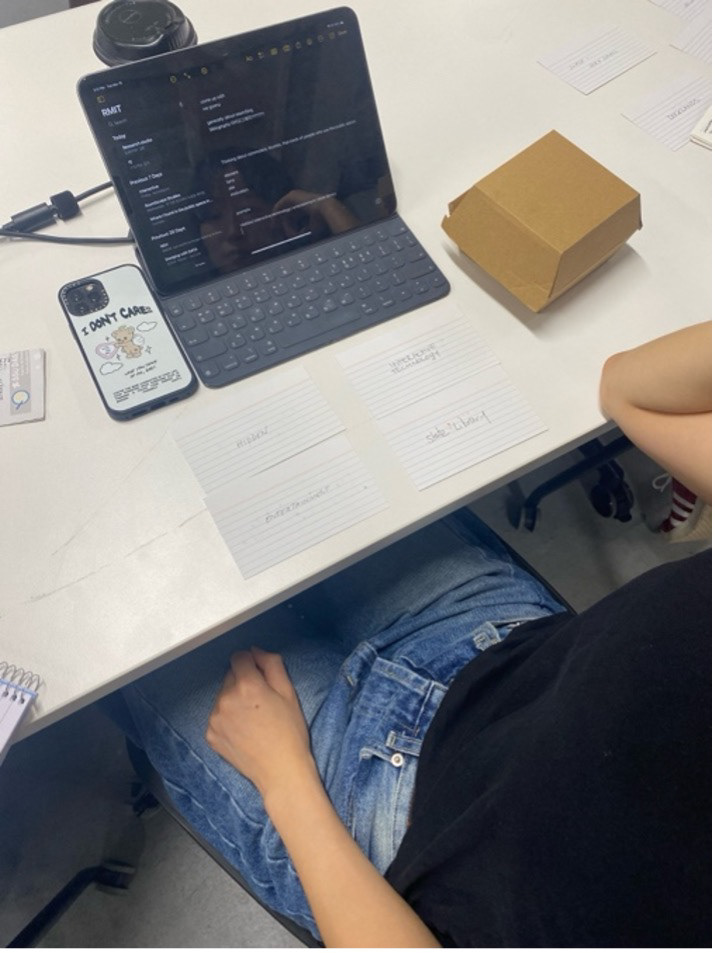
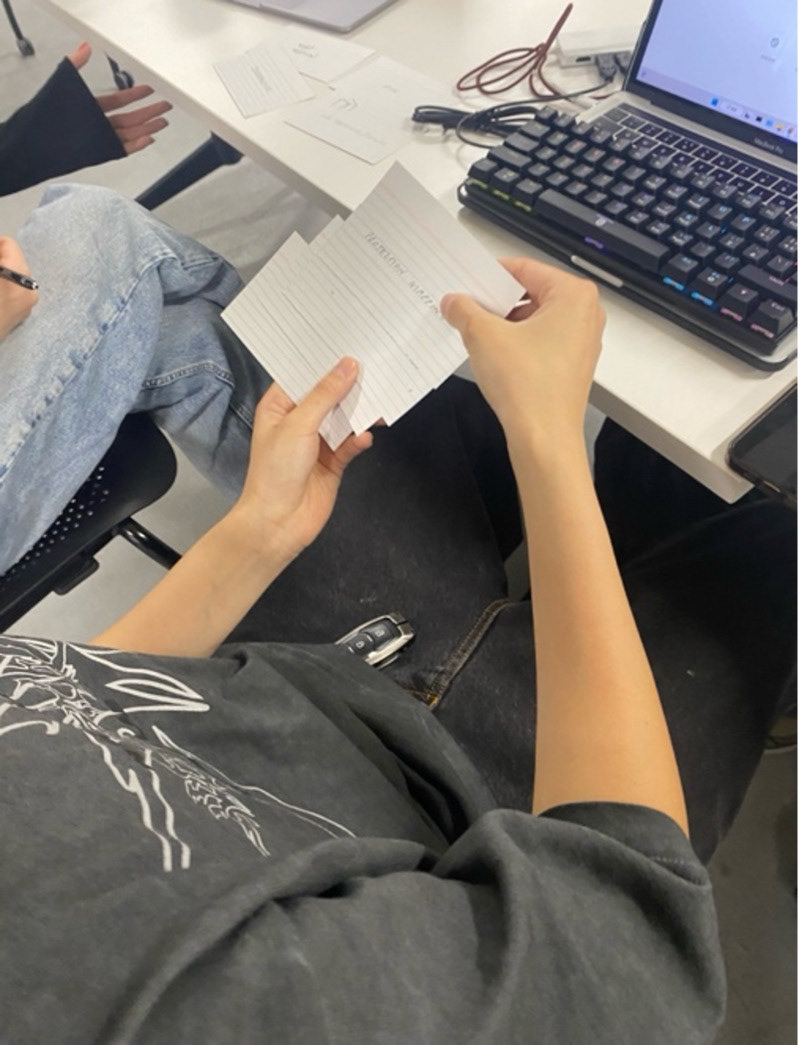

Digital Capability Building
This has significantly contributed to developing our teaching digital literacies. By learning how to use Adobe Animate, we were able to create a customisable interactive platform for idea generation. This tool provides students with digital technologies, building their fluency and understanding of how such tools can enhance the design process and will become a teaching resource that can be used across various faculties and disciplines. Overall, the project reinforced our commitment to developing a program that empowers students with the digital skills and critical thinking needed for ideation and innovation.
Key Learnings
A key learning from this project was the importance of providing structured scaffolding when introducing students to the process of ideation. We found that students were hesitant at the start of the process, but after several sessions with the tool, they could be more open and imaginative with their ideas. In future iterations, we could give more parameters at the start of the process, and then reduce to further scaffold the learning outcomes. Th could lead to even deeper engagement and more refined design outcomes.
Student Impact Data
While a complete analysis of the student impact data is pending, initial feedback indicates that students found the ideation process both challenging and rewarding. Many reported increased confidence in developing their initial ideas. This feedback suggests that incorporating this process helped students expand their technical skills and enhance their creative capabilities.
